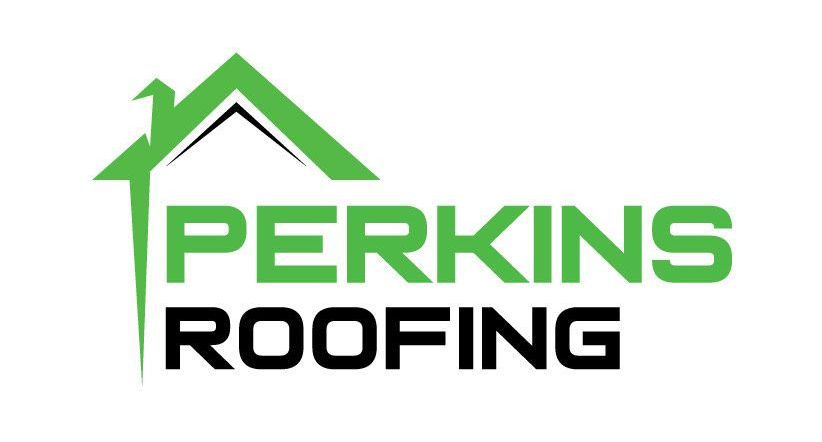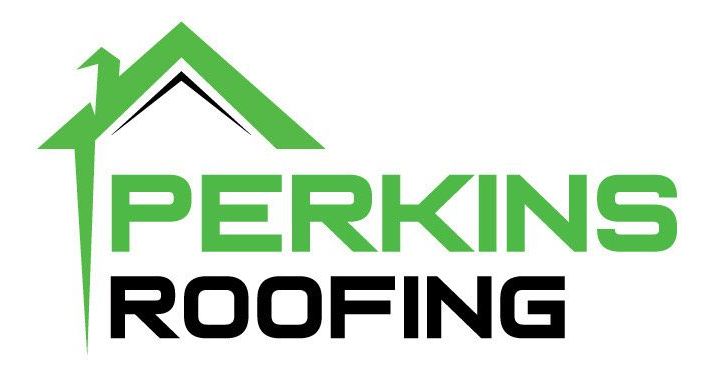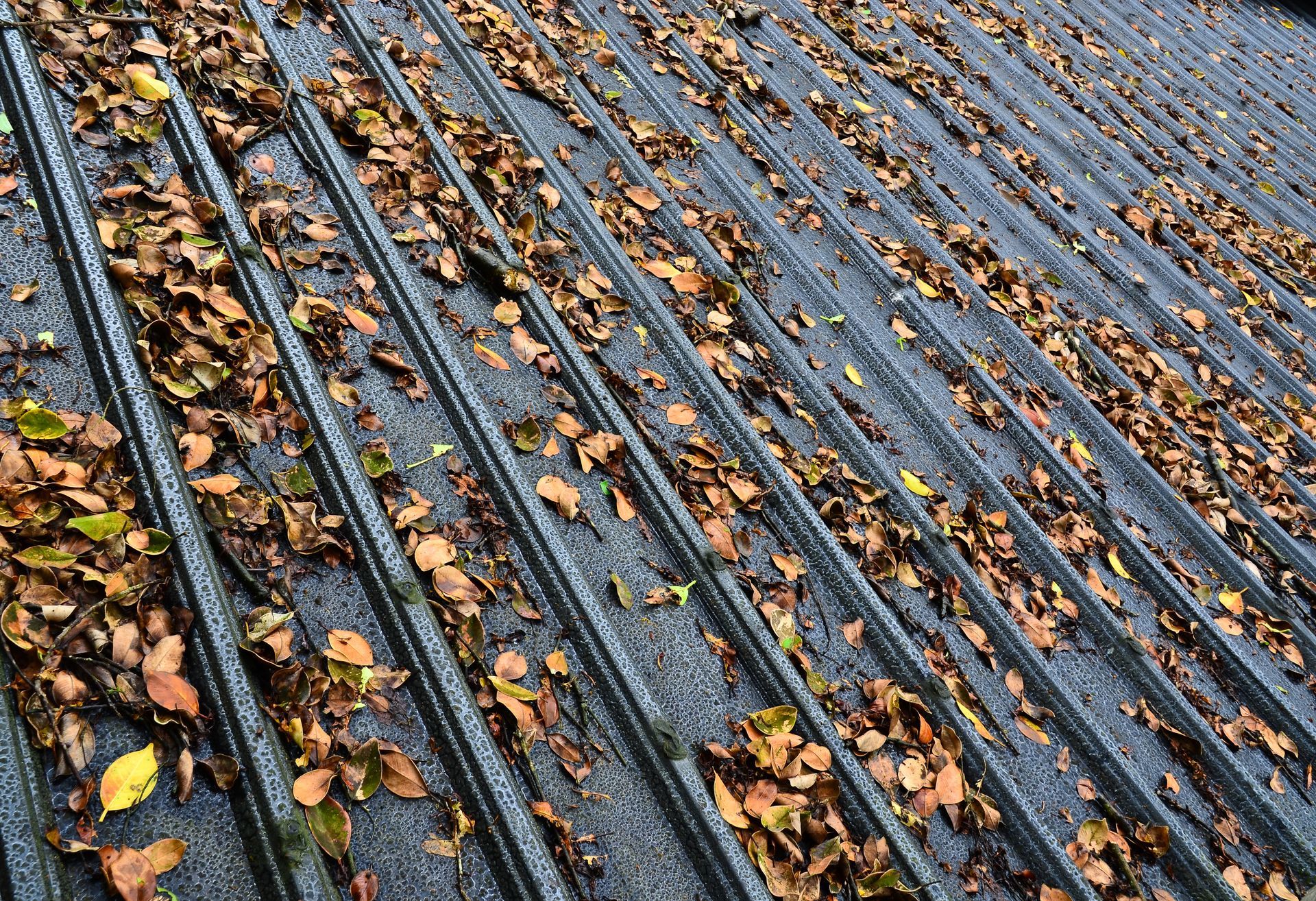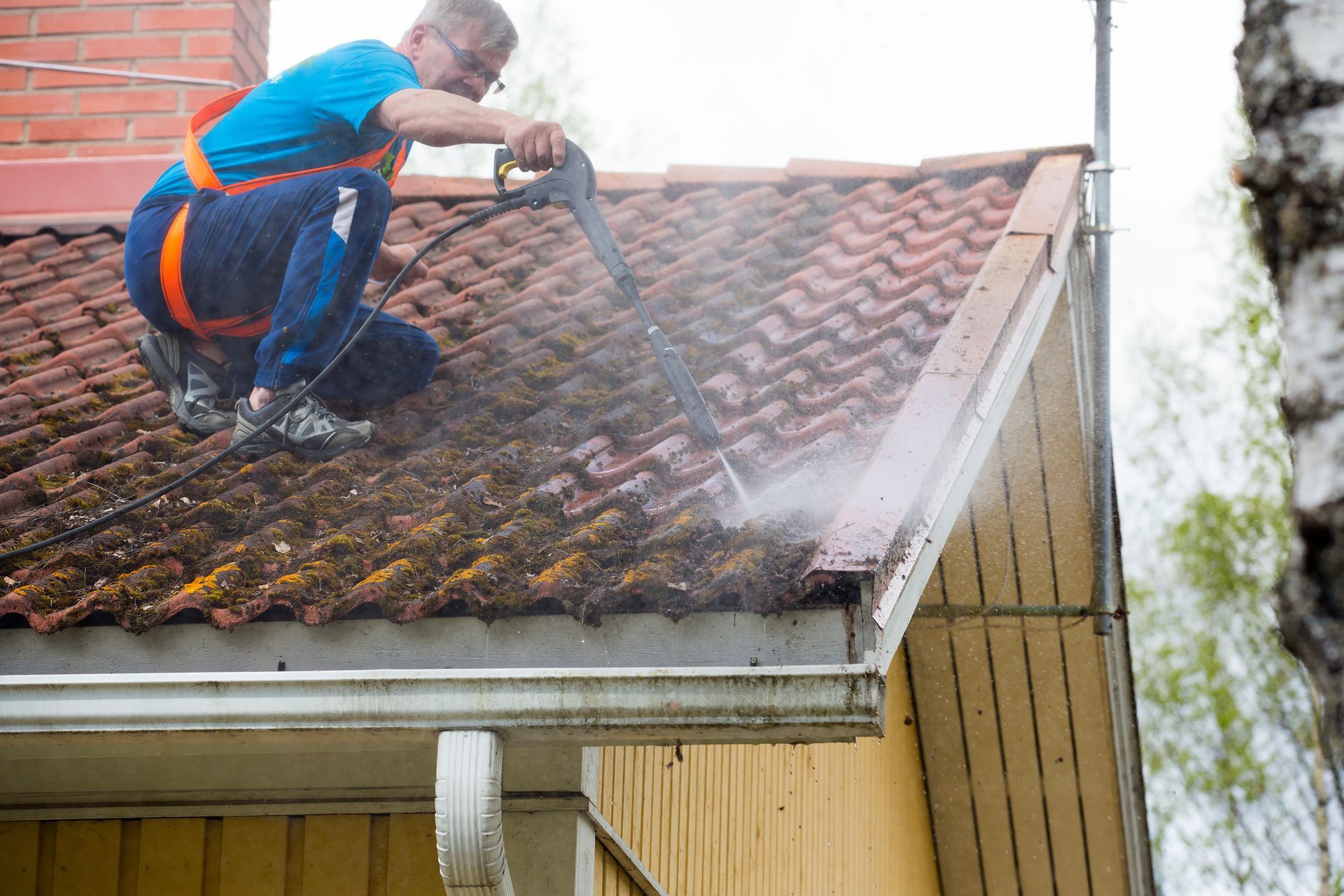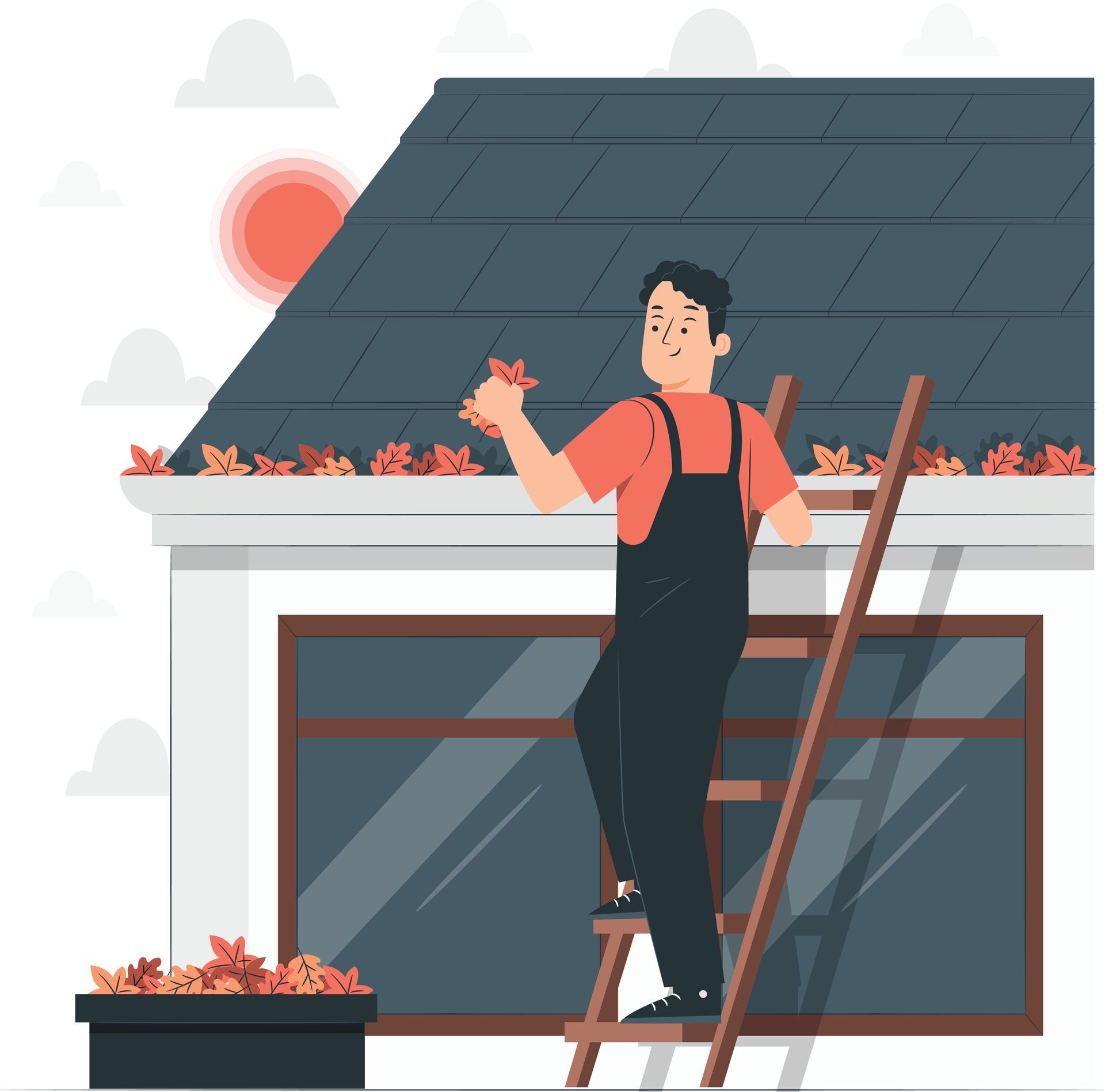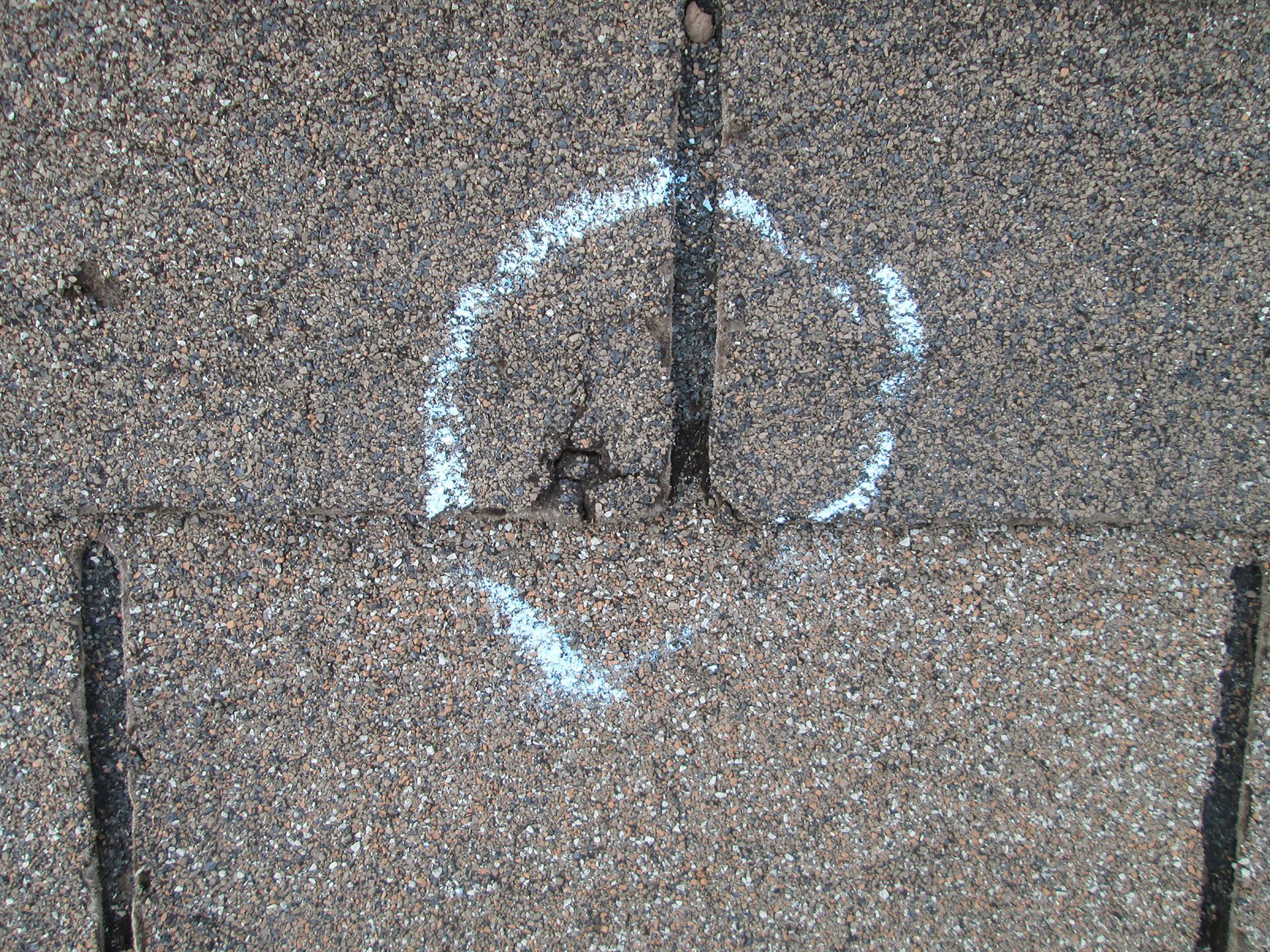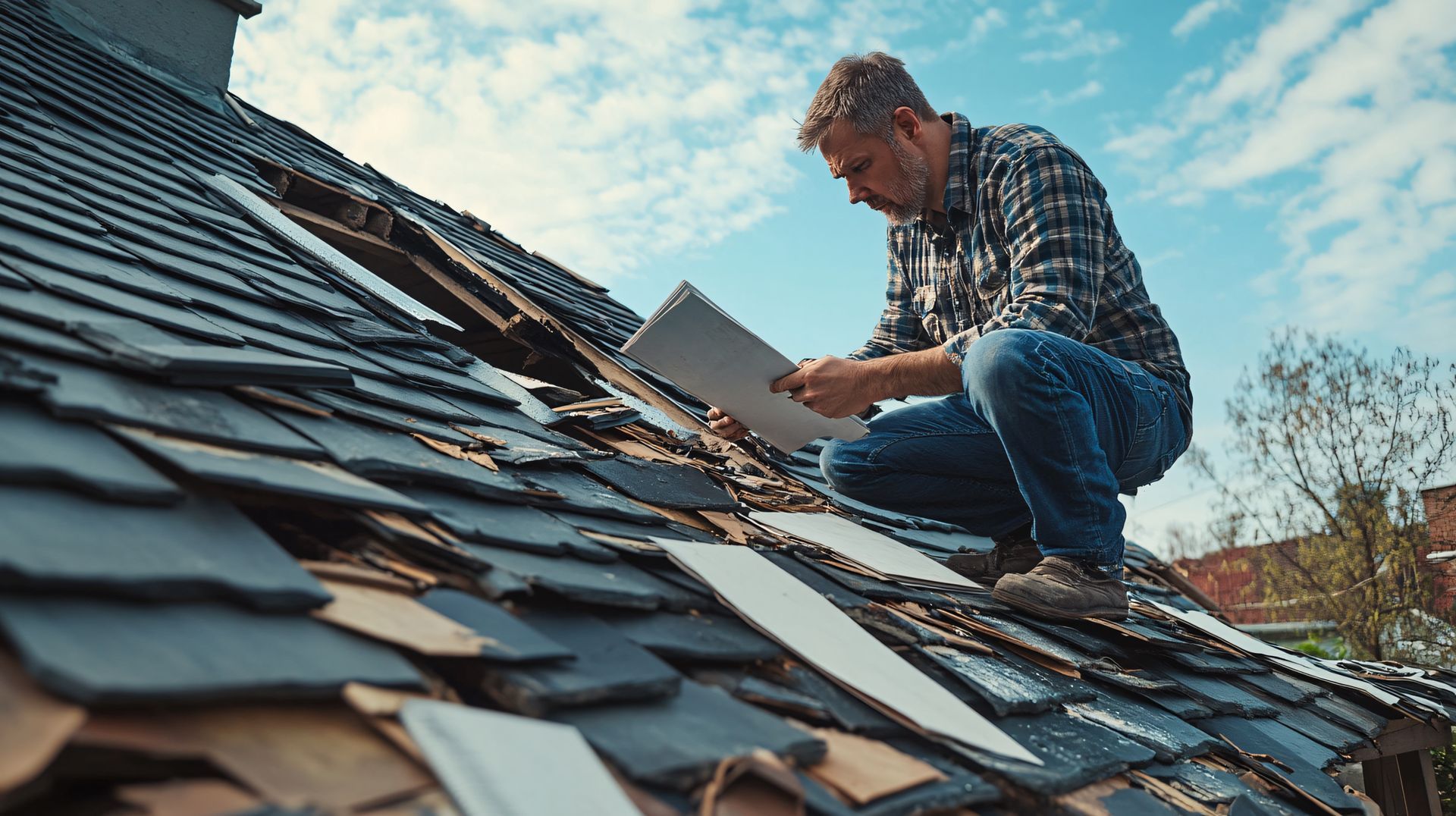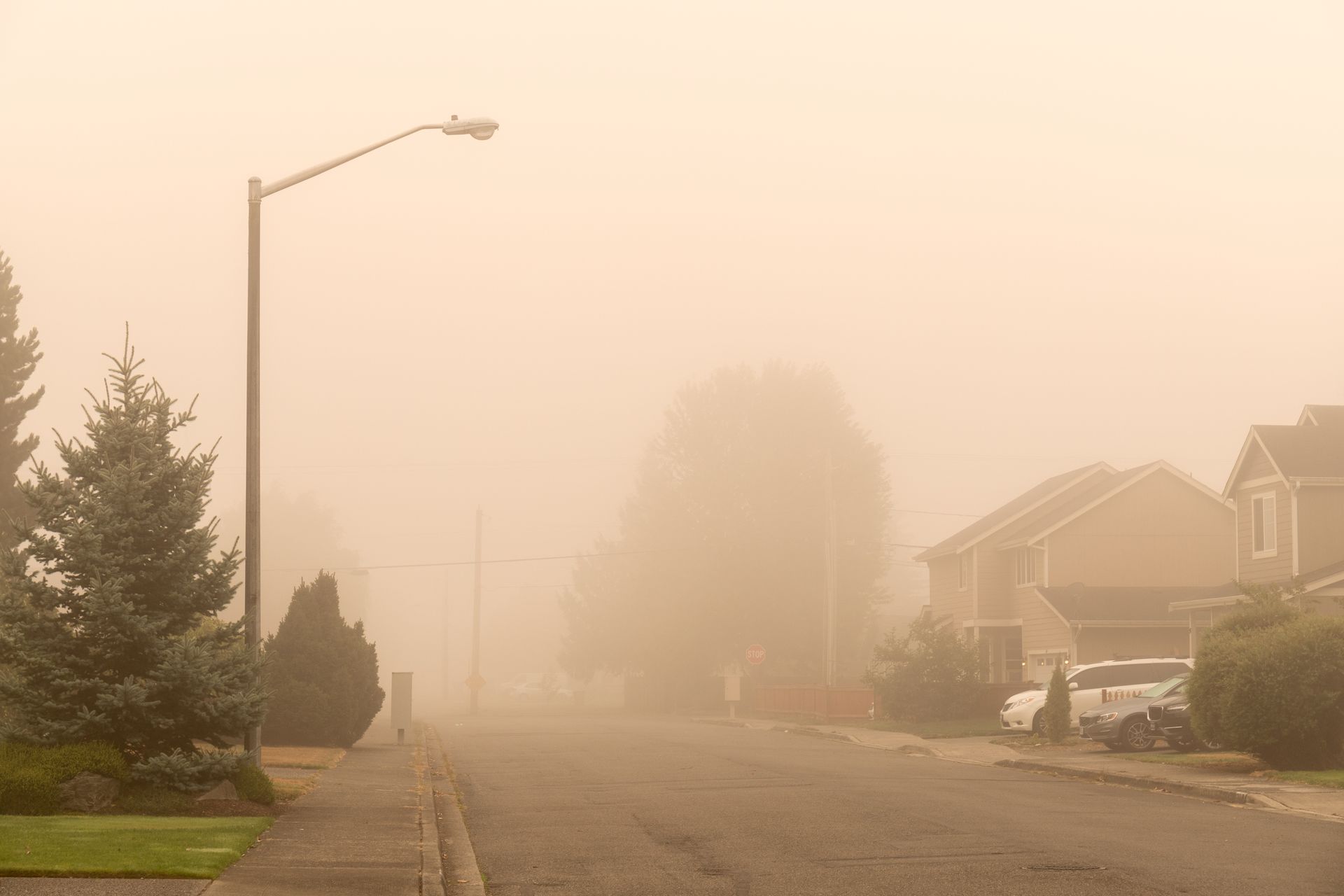How Proper Roof Ventilation Protects Your Home and Saves You Money

Proper roof ventilation is often overlooked, but it plays a huge role in protecting your home, especially during spring and summer. As the temperatures rise, homeowners face unique challenges with excessive heat buildup and higher energy consumption from cooling.
Effective roof ventilation helps regulate both temperature and humidity levels, preventing moisture-related issues and reducing the strain on your HVAC system throughout the year.
Why Roof Ventilation Is Important
Roof ventilation involves creating a balanced airflow within your attic or roof space by allowing fresh air to enter while pushing out moist, stale air. This process keeps your home comfortable and prevents issues like mold, rot and premature roof deterioration.
Temperature and Moisture Control
During fall and winter, when temperatures drop, the difference between the warm air inside your home and the cold air outside can cause moisture to accumulate in the attic. If this moisture isn't properly vented, it can lead to a host of problems, including mold growth, wood rot and damaged insulation. Proper roof ventilation helps regulate the temperature in the attic, allowing warm, moist air to escape and cold air to circulate, preventing condensation and keeping the structure dry.
In spring and summer, ventilation becomes even more critical as rising temperatures and humidity levels can cause heat buildup in the attic, putting extra strain on your cooling system. By allowing hot air to escape, roof ventilation reduces cooling costs and prevents moisture-related damage, keeping your home comfortable and energy-efficient year-round.
Factors That Influence Vent Placement and the Number of Vents Installed
Proper vent placement is necessary to achieve optimal airflow. Vents are typically installed along the soffits (intake vents) and at or near the roof ridge (exhaust vents). This creates a system where cool, fresh air enters from the bottom and warm, moist air escapes from the top. Without proper placement, air circulation becomes inefficient, which can lead to heat and moisture buildup in the attic.
- Intake vents are the long narrow vents you may have noticed under your eaves. Ridge vents are commonly used for exhaust, but box vents and turbine vents can also be installed, depending on the roof's design.
Number of Vents
The number of vents required depends on the size and design of your roof. Ventilation is typically measured by the ratio of vented area to attic space, with the most common recommendation being 1 square foot of ventilation for every 150 square feet of attic space. However, this can vary based on factors such as the pitch of the roof and attic insulation.
If too few vents are installed, airflow becomes restricted, leading to heat and moisture buildup. Conversely, too many vents can disrupt the balance of air intake and exhaust, reducing the overall effectiveness of the system.
Common Roof Ventilation Mistakes
Blocking Intake Vents
One of the most common mistakes is blocking intake vents with insulation or other materials. Intake vents are crucial for bringing fresh air into the attic, and if they are blocked by insulation or other materials, air circulation will be severely hindered.
Mixing Vent Types
Using multiple types of exhaust vents, such as ridge vents and box vents, can cause airflow imbalances, as different vent types function differently. This can disrupt the natural flow of air and reduce ventilation efficiency. A well-designed ventilation system should use one type of exhaust vent to maintain consistent airflow.
Improper Ventilation Ratio
Having too many exhaust vents and not enough intake vents or vice versa can lead to poor ventilation. Proper vent placement and balancing the intake and exhaust vents helps air flow easier.
How Ventilation Affects Roofing Materials and Longevity
Preventing Moisture Damage
Excess moisture in the attic can lead to the rotting of roof decking and structural components. Moisture can also weaken shingles, tiles or other roofing materials, making them more susceptible to cracking, warping or other types of damage.
Reducing Heat Damage
During the summer, poor ventilation can lead to excessive heat buildup in the attic, which can cause roofing materials to deteriorate more quickly. In colder months, trapping warm air inside the attic can speed up the wear of shingles and other materials due to temperature fluctuations.
By regulating the temperature and moisture levels in the attic, proper roof ventilation helps extend the lifespan of your roofing materials, reducing the need for repairs and replacements.
Energy Efficiency Benefits of Roof Ventilation
In addition to protecting your roof, proper ventilation can also improve the energy efficiency of your home. By allowing for a consistent flow of air, roof ventilation helps maintain more stable indoor temperatures, reducing the load on your HVAC system. This not only lowers your energy bills but also creates a more comfortable living environment all year round.
Protect Your Home in The Woodlands with Proper Roof Ventilation
If you’re concerned about your roof’s ventilation or think it may need an upgrade, contact us at Perkins Roofing today.
Don’t wait until small issues become bigger problems, schedule a consultation with Perkins Roofing today or give us a call at (832) 702-0201.
